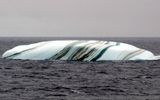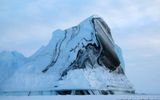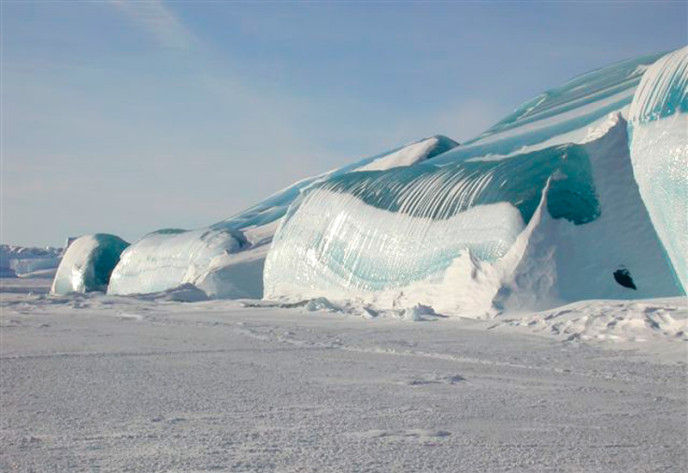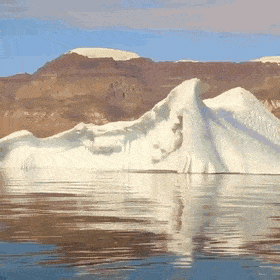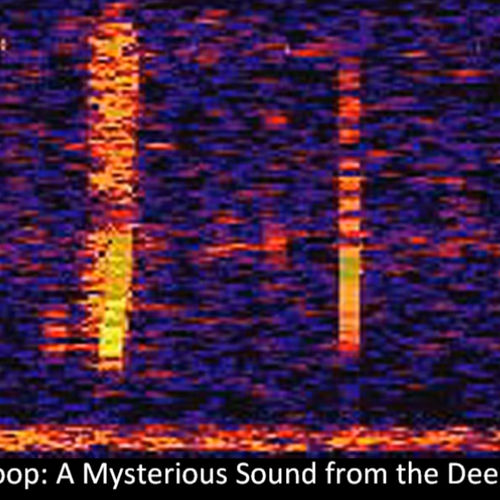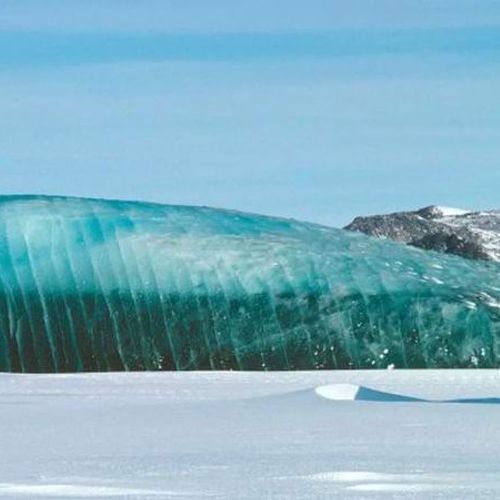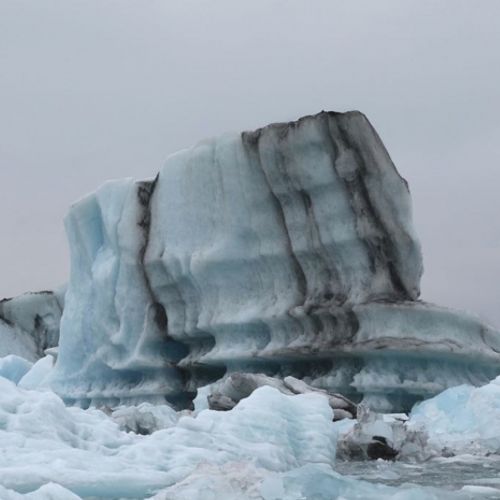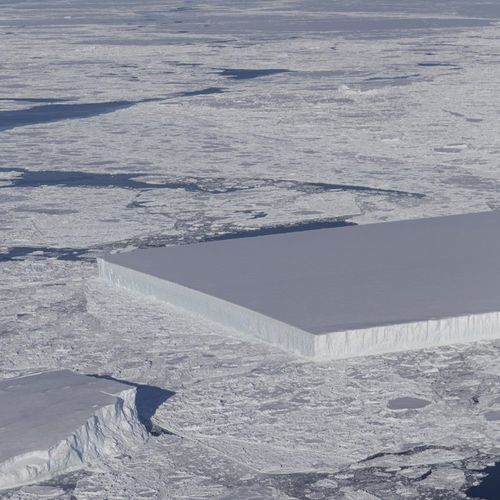
| Added | Tue, 11/10/2016 |
| Sources | |
| Феномены | |
| Version type |
Iceberg (Eisberg, "ice mountain") — a large floating chunk of ice in the ocean or sea.
Usually, icebergs break away from ice shelves. Since the density of ice is 920 kg/m3, and the density of seawater is about 1025 kg/m3, about 90 % of the volume of the iceberg is under water. Many years of snowfall, compaction of the snow cover causes the "growth" of the iceberg, turning it as if in a set of billions of tiny ice mirrors that reflect light.
The vast majority of icebergs are white due to bubbles of air trapped in compacted ice, but occur in nature and colored icebergs (e.g., red, brown, green, etc.). Buy different color can help unicellular algae and various impurities. For example, when the movement of the glacier, it can get layers of rock or soil; black iceberg can also paint the volcanic dust. Usually "darker" side of the iceberg are concentrated in its lower underwater part, as it has a higher density, but in the process of melting it can roll over.
Such icebergs are not so noticeable and familiar to sailors, so their existence gave rise to many mystical stories and legends.
Translated by «Yandex.Translator»
Related news
Log in or register to post comments
